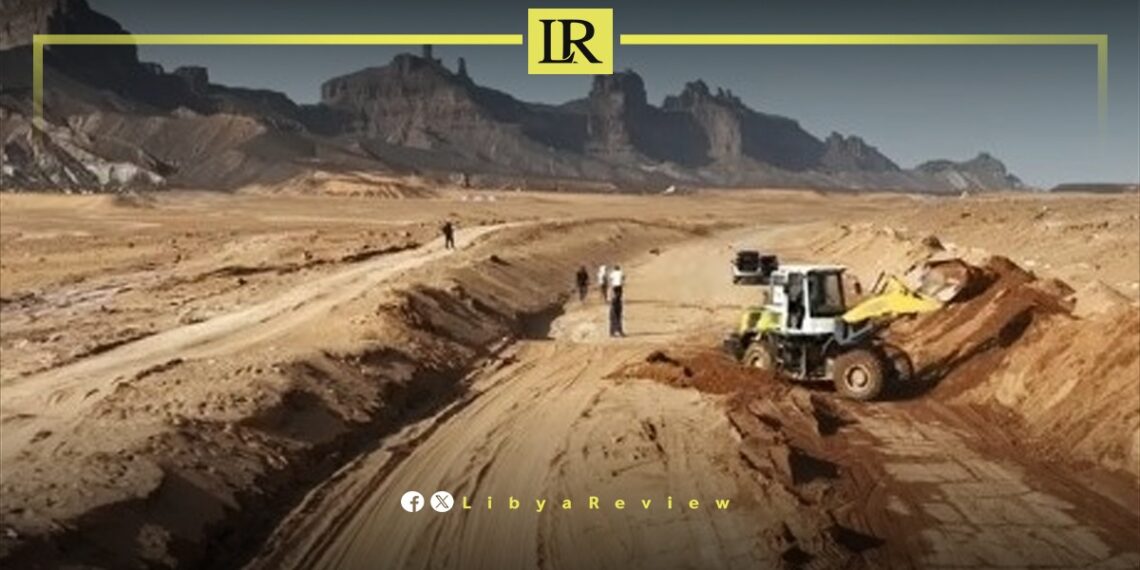On Saturday, the Libyan government announced the launch of a major operation to reopen key roads in the southwestern regions that have been severely impacted by recent floods. This critical effort, overseen by the Emergency and Rapid Response Committee, was established by Prime Minister Osama Hammad and is led by Deputy Prime Minister Salem Al-Zadma.
The government’s swift action aims to remove debris and clear blocked roads, restoring vital transportation routes that have been disrupted by the floods. The severe weather has not only isolated communities but also hindered the delivery of essential services, making the reopening of these roads a top priority for the affected regions.
Libya has faced significant challenges since the 2011 uprising that led to the fall of Muammar Gaddafi, with ongoing conflict and political instability severely affecting the country’s infrastructure. The southwestern regions, often neglected in national development efforts, have been particularly hard hit, and the recent floods have exacerbated these vulnerabilities.
The flooding has caused widespread damage, cutting off communities from essential services such as healthcare, food supplies, and education. The government’s response, led by the newly formed Emergency and Rapid Response Committee, is crucial in addressing these immediate needs by reopening roads and ensuring that aid can reach those in need.
The floods in southwestern Libya are a stark reminder of the country’s fragile infrastructure, which has suffered from years of neglect due to ongoing conflict. These extreme weather events are becoming more frequent, and without significant investment in infrastructure development and disaster preparedness, Libya remains vulnerable to further crises.
The division between Libya’s rival administrations has also complicated efforts to create a unified national response to such disasters. This fragmentation has left local authorities struggling to cope with the scale of the challenges, particularly in remote and underdeveloped regions.
The government’s current efforts to clear roads and restore connectivity are a vital first step, but they also highlight the need for a long-term strategy to rebuild and strengthen Libya’s infrastructure. Only through sustained investment and coordinated action can the country hope to mitigate the impact of future disasters and improve the resilience of its communities.


